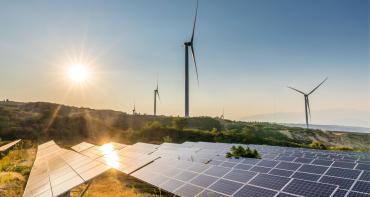
Forests are crucial for maintaining biodiversity and act as a natural sink for carbon dioxide (CO2) emissions. They are vital carbon vaults that, together, absorb around 2.6 billion tons of carbon dioxide each year, or about a third of humanity’s annual fossil fuel emissions. This is in addition to providing timber and non-timber forest products. Thus, forests play a significant role in fulfilling the Paris Agreement objectives, providing opportunities to deploy climate-change mitigation action at scale while contributing to increased climate resilience and protection of biodiversity, ecosystem services and local livelihoods.
The Intergovernmental Panel on Climate Change estimates that the agriculture, forestry and other land use sector accounted for 13-21% of global anthropogenic GHG emissions
in the period 2010-2019, with estimates rising to 80 per cent of GHG emissions in some developing countries.
The growth of forest carbon markets in recent years has been driven by increasing concerns over climate change and the need to lower GHG emissions. The forest carbon credit market is complex and involves multiple players, such as forest landowners, compliance buyers and voluntary buyers. This toolkit, which focuses on monetising forest carbon through voluntary market mechanisms, provides a comprehensive guide to understanding and navigating forest carbon markets, credits and stakeholders.



